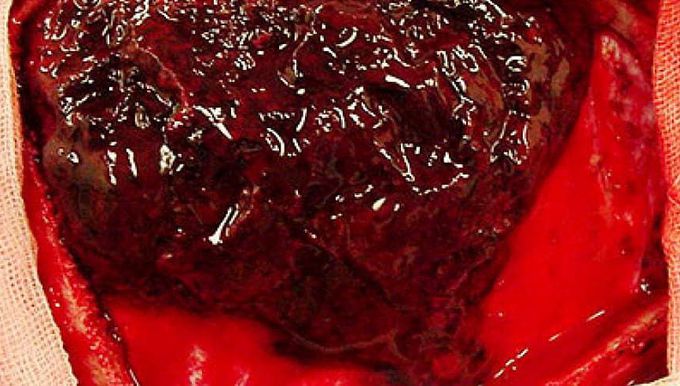


Factor V Leiden
Factor V Leiden is a variant (mutated form) of human factor V (one of several substances that helps blood clot), which causes an increase in blood clotting (hypercoagulability). Due to this mutation, Protein C, an anticoagulant protein which normally inhibits the pro-clotting activity of factor V, is not able to bind normally to Factor V, leading to a hypercoagulable state, i.e., an increased tendency for the patient to form abnormal and potentially harmful blood clots. Factor V Leiden is the most common hereditary hypercoagulability (prone to clotting) disorder amongst ethnic Europeans. Suspicion of factor V Leiden being the cause for any thrombotic event should be considered in any Caucasian patient below the age of 45, or in any person with a family history of venous thrombosis. There are a few different methods by which this condition can be diagnosed. Most laboratories screen 'at risk' patients with either a snake venom (e.g. dilute Russell's viper venom time) based test or an aPTT based test. In both methods, the time it takes for blood to clot is decreased in the presence of the factor V Leiden mutation. This is done by running two tests simultaneously; one test is run in the presence of activated protein C (APC) and the other, in the absence. A ratio is determined based on the two tests and the results signify to the laboratory whether APC is working or not. As there is no cure, treatment is focused on prevention of thrombotic complications. Anticoagulants are not routinely recommended for people with factor V Leiden, unless there are additional risk factors present, but are given when such an event occurs. A single occurrence of deep vein thrombosis or pulmonary embolism in people with Factor V Leiden warrants temporary anticoagulant treatment, but generally not lifelong treatment

